Setting up an automatic cat litter production line can be a highly profitable venture in the pet care industry. With the increasing demand for high-quality, efficient cat litter, automating the production process offers numerous benefits, including reduced labor costs, improved consistency, and faster production.
The Market Demand for Cat Litter
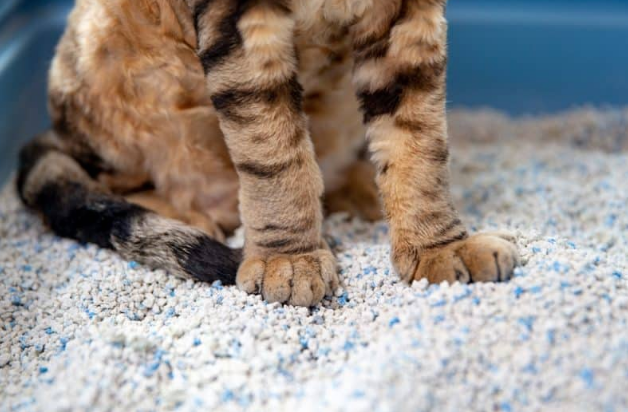
Before investing in an automatic cat litter production line, it is important to understand the market demand and the type of cat litter you plan to produce. The main types of cat litter include:
- Clay-based Litter (including Bentonite): The most common type, known for its absorbency and clumping properties.
- Tofu Litter: Made from natural soybean by-products, offering eco-friendly and biodegradable options.
- Silica Gel Litter: Known for its moisture-absorbing properties.
- Wood and Paper Litter: Sustainable and biodegradable alternatives.
Understanding the demand for these types of products will help guide your decision on which material to use and which features your production line will need to include.
Selecting the Right Location for Your Production Line
Choosing the right location for your automatic cat litter production line is crucial for logistical efficiency, access to raw materials, and proximity to your target market. Consider the following:
- Proximity to Raw Materials: Ensure your factory is located near suppliers of raw materials, such as clay, wood, or tofu ingredients, to reduce transportation costs.
- Accessibility to Transportation: Choose a location with easy access to highways, ports, and distribution channels to streamline shipping.
- Local Regulations and Taxes: Investigate local government regulations, labor costs, and tax incentives that may affect your operation.
Key Equipment in the Automatic Cat Litter Production Line
To set up a successful automatic cat litter production line, you will need a combination of specialized machines that work together to automate every stage of the production process. Some of the essential equipment includes:
a) Raw Material Feeding System
The first step in the process is to feed the raw materials (e.g., clay, tofu, or silica gel) into the production system. An efficient automatic feeding system helps ensure a steady flow of raw materials to the subsequent production stages.
b) Mixing and Blending System
A high-quality mixing system is essential for ensuring that all raw materials are uniformly blended before granulation. This system ensures that additives, such as fragrances or clumping agents, are evenly distributed throughout the raw material.
c) Granulator Machine
Granulation is the process of turning raw material into small pellets, which are the final form of cat litter. There are different types of granulators available, such as rotary granulators or disc granulators. For automatic cat litter production lines, rotary granulators are commonly used due to their ability to efficiently produce uniform, high-quality pellets.
d) Drying Machine
After granulation, the pellets need to be dried to remove excess moisture, ensuring that the cat litter is absorbent and free from clumping issues. The drying machine used in an automatic production line is typically a drum dryer or fluidized bed dryer. These machines reduce the moisture content to optimal levels.
e) Cooling System
Once the pellets are dried, they must be cooled to prevent heat damage and ensure that they maintain their shape. Cooling is usually done using a cooling machine, which helps regulate the temperature of the pellets for safe handling and packaging.
f) Screening System
After drying and cooling, the cat litter pellets are screened to remove any oversized or undersized particles. This system ensures that the final product meets quality standards, with uniform pellet sizes.
g) Packaging Machine
Finally, an automatic packaging machine seals the cat litter into bags of various sizes for distribution. This machine is capable of high-speed packaging, reducing manual labor and increasing efficiency. The automatic packaging system can include weighers and fillers to ensure accurate product quantities.
The Production Process in Detail
The production process of an automatic cat litter production line typically follows these steps:
-
- Raw Material Preparation: Raw materials are delivered and stored in a safe, dry location. They are then automatically fed into the system via the feeding system.
- Blending: Raw materials are thoroughly mixed to ensure uniformity.
- Granulation: The blended materials are granulated into small, uniform pellets using the granulator machine.
- Drying: The freshly formed pellets are dried using a drum dryer or fluidized bed dryer to reduce moisture content and prevent clumping
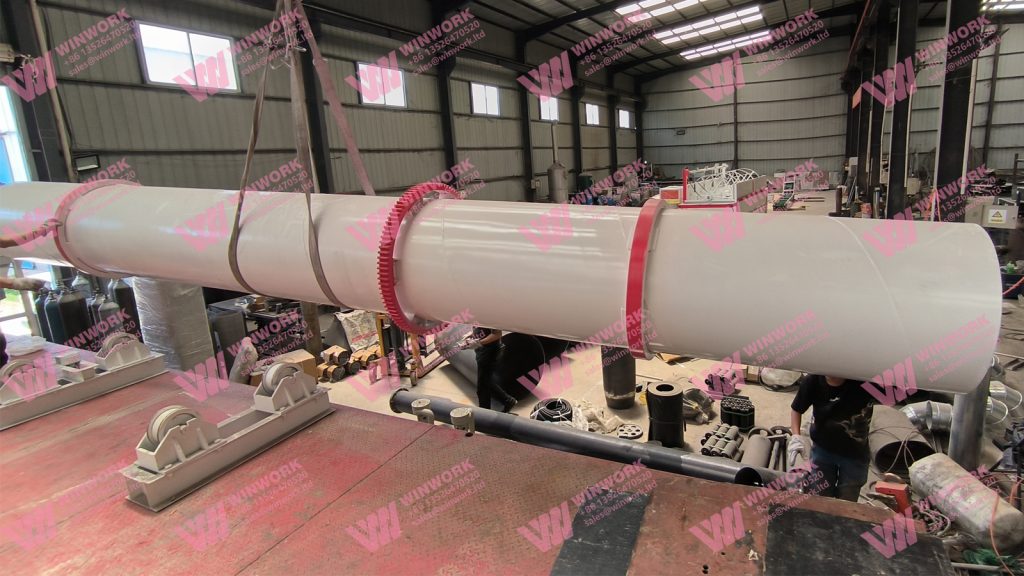
-
- Cooling: Pellets are cooled to a safe temperature to preserve quality and avoid deformation.
- Screening: The cooled pellets are screened to remove any undesired particles.

- Packaging: The cat litter is automatically packaged into bags, ready for shipment.
Quality Control in the Automatic Cat Litter Production Line
Ensuring the highest quality of cat litter is essential for customer satisfaction and brand reputation. Automated systems in a production line allow for continuous monitoring and quality control throughout the manufacturing process.
a) Raw Material Testing
Before production begins, raw materials should undergo testing to ensure they meet quality standards. Automated systems can monitor the quality and consistency of the raw materials being fed into the system.
b) Pellet Quality Control
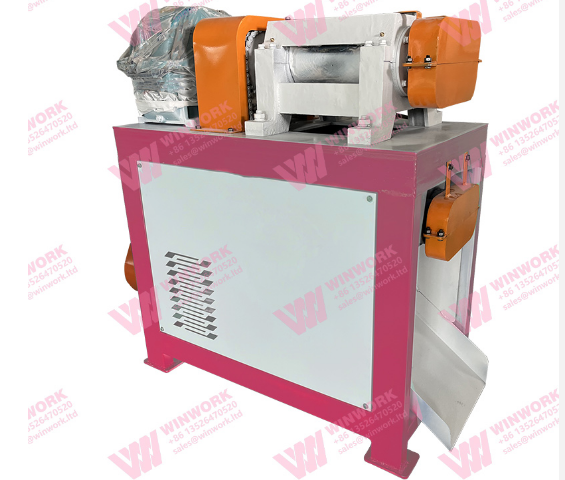
The granulation process should be continuously monitored to ensure that the pellets meet size, shape, and consistency requirements. Online monitoring systems help identify any deviations in real-time, allowing for quick adjustments.
c) Moisture Content Testing
Moisture content should be carefully controlled during the drying process. Too much moisture can lead to clumping, while too little moisture can cause the pellets to crack. Automated moisture sensors help ensure optimal moisture levels.
Benefits of an Automatic Cat Litter Production Line
There are numerous advantages to setting up an automatic cat litter production line, including:
- Increased Efficiency: Automation reduces labor costs and speeds up production, allowing for higher output.
- Consistent Quality: Automated systems ensure that the production process is standardized, leading to consistent product quality.
- Reduced Waste: Automated systems are highly efficient in material usage, reducing waste and improving overall production yield.
- Scalability: Once the automatic system is set up, it can easily be scaled to meet increasing demand without the need for significant investment in labor.
Conclusion
An automatic cat litter production line offers significant advantages in terms of efficiency, quality control, and scalability. By investing in the right equipment and following the production steps outlined in this guide, you can streamline your production process, meet growing market demands, and maintain high product quality. Whether you’re producing traditional clay-based litter or eco-friendly tofu litter, automation can help you stay competitive in the pet care industry.



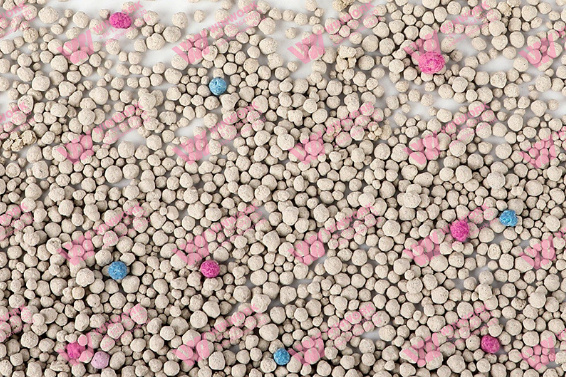
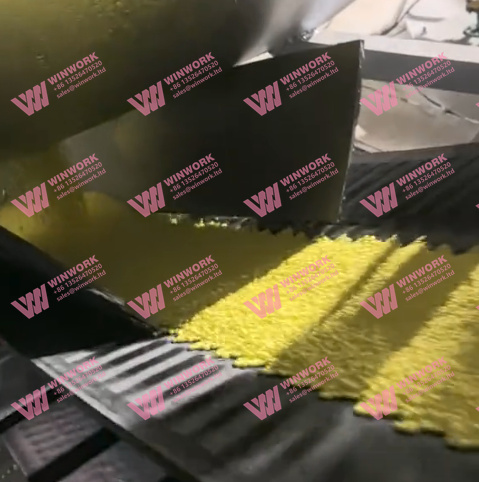
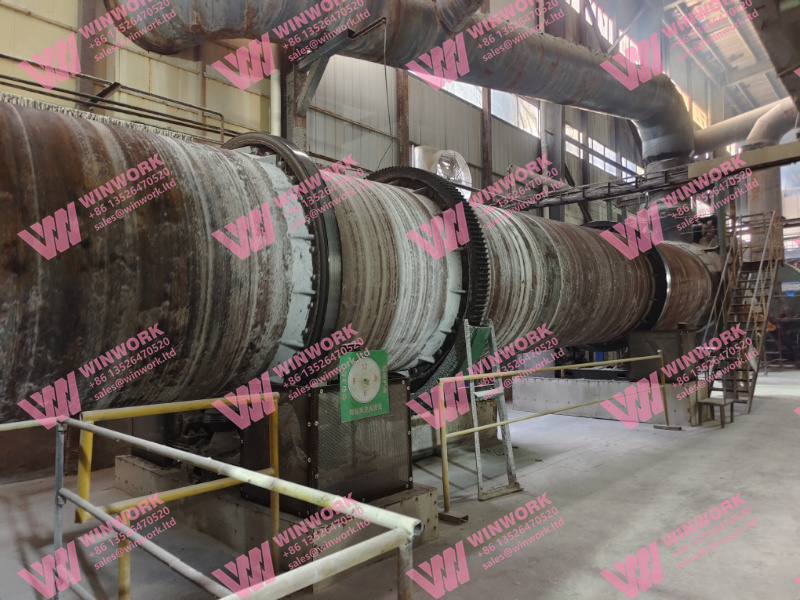
Get A Quote